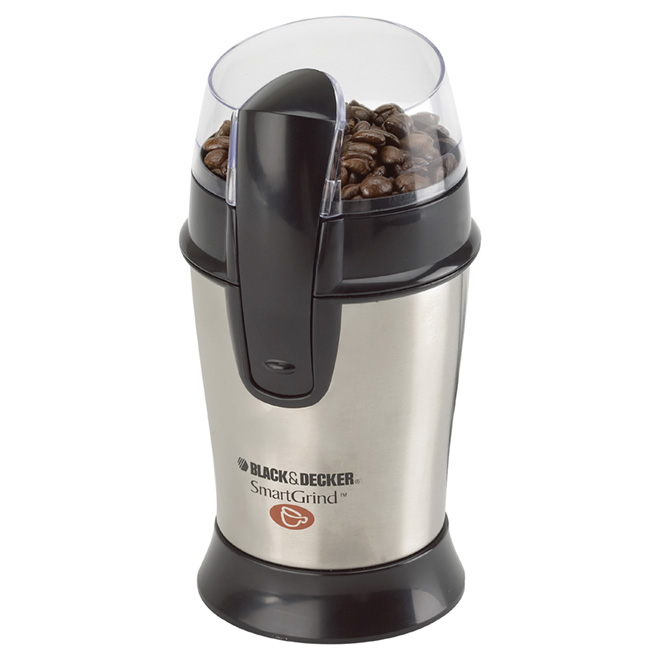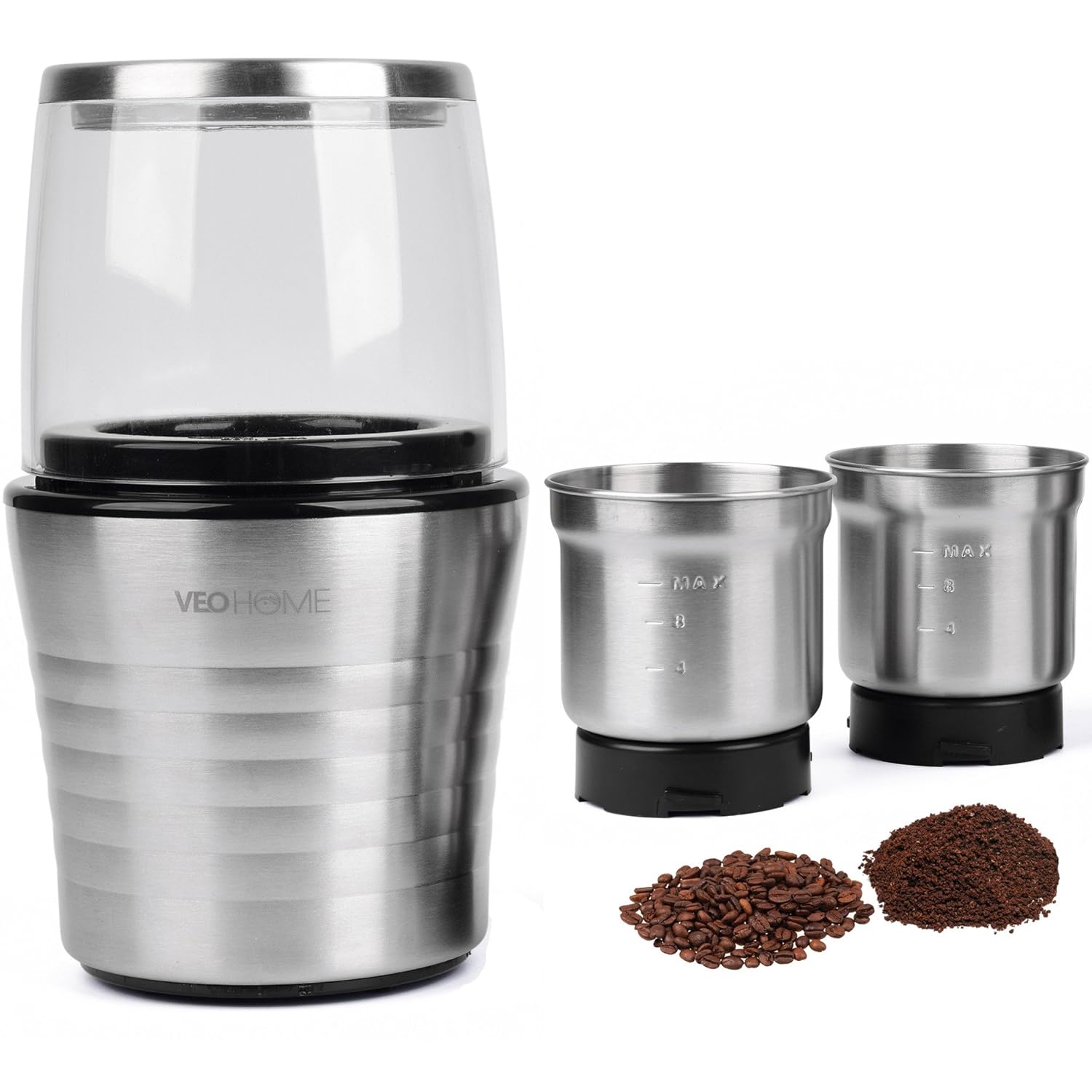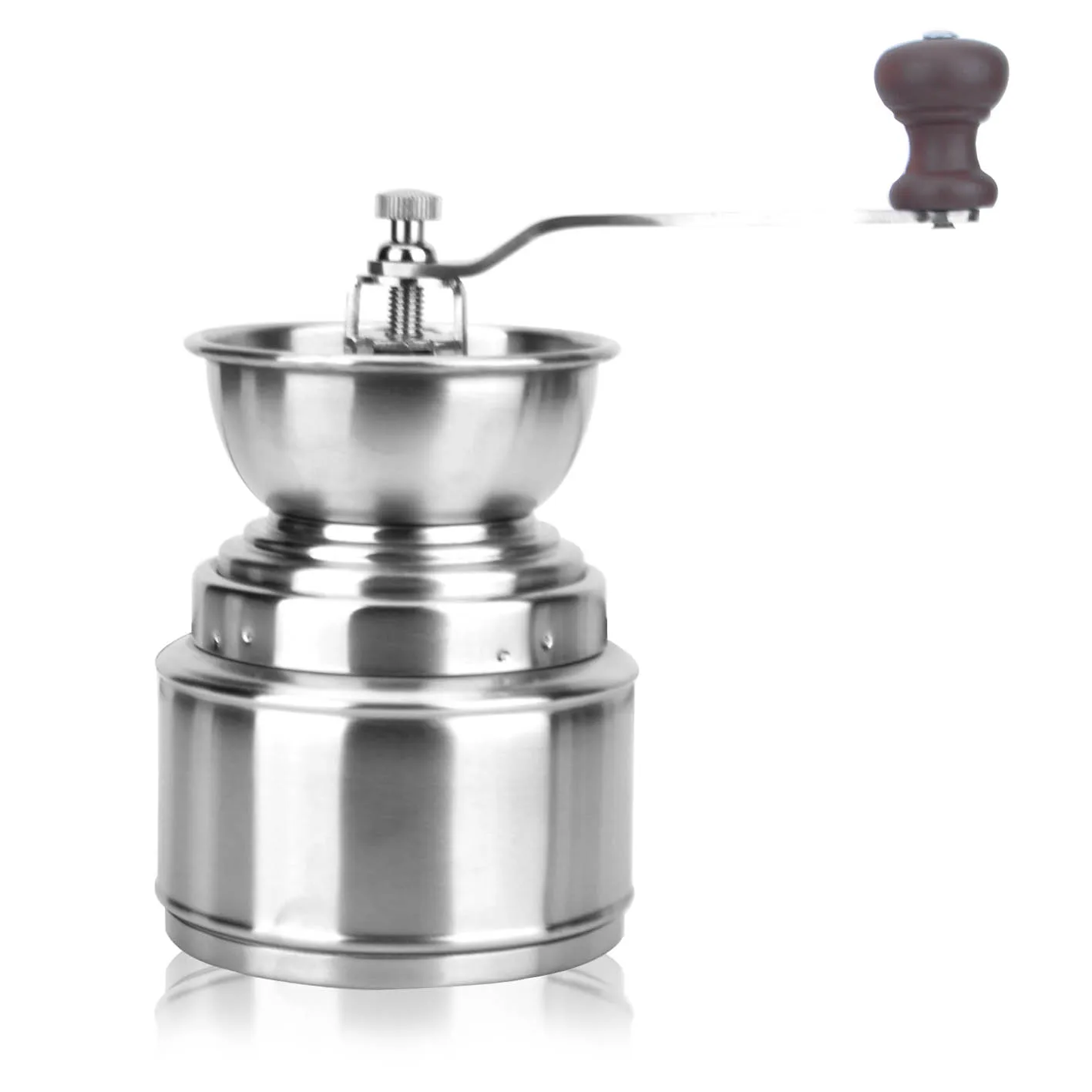
For many coffee enthusiasts, the quest for the perfect cup of coffee begins with grinding fresh coffee beans. However, not everyone has a coffee grinder at their disposal. This limitation often raises the intriguing question: Can you grind coffee beans in a food processor? Understanding the feasibility and effectiveness of using a common kitchen appliance for coffee grinding can open up new possibilities for those who want freshly ground coffee without investing in specialized equipment. This article delves into whether a food processor can be an effective substitute for a coffee grinder, its advantages, limitations, and best practices for achieving the ideal grind.
Understanding Coffee Grinding
Before diving into whether a food processor can grind coffee beans, it is essential to understand why the grind size matters for brewing coffee.
Importance of Grind Size
Grind size plays a critical role in the flavor and strength of your coffee. Fine grinds are ideal for espresso, medium grinds for drip coffee makers, and coarse grinds for French presses. The grind size influences the extraction process—the finer the grind, the faster the extraction, and vice versa. Getting the correct grind size is paramount for a balanced, flavorful cup of coffee.
Coffee Grind Types
There are three primary types of coffee grinds: fine, medium, and coarse. Fine grinds resemble powdered sugar, medium grinds look like sand, and coarse grinds are akin to sea salt. Each grind type serves a different brewing method and impacts the taste and texture of the final brew. Knowing these distinctions helps in selecting the appropriate grind size for your brewing method.
Traditional Coffee Grinders
Coffee grinders fall into two main categories: blade grinders and burr grinders. Blade grinders chop the beans with spinning blades, while burr grinders crush them between two abrasive surfaces. Burr grinders are generally preferred for their consistency and precision. Comparing traditional grinders to alternative methods highlights the strengths and weaknesses of each.
Using a Food Processor for Grinding Coffee Beans
The primary question is whether a food processor can effectively grind coffee beans and how it compares to traditional coffee grinders.
Food Processor Mechanics
A food processor uses sharp blades to chop and mix ingredients. While not designed specifically for grinding, it can pulverize hard substances like coffee beans to some extent. The processor’s blade speed and shape can impact the grind consistency, making it more batch-oriented. Understanding the mechanics clarifies what to expect in terms of performance.
Step-by-Step Grinding Process
To grind coffee beans in a food processor, start by adding a small number of beans into the processor’s bowl. Pulse the processor in short bursts, checking the grind size frequently. Adjust the pulsing time to achieve the desired grind consistency. Process in small batches to maintain control and prevent uneven grinding. This step-by-step approach ensures a more manageable and controlled grinding process.
Controlling Grind Size
Achieving a uniform grind size can be challenging with a food processor. The pulse technique offers some control, but results may vary. Fine-tuning the process by adjusting pulsing duration and amount of beans can help achieve a more consistent grind. Effective control methods improve outcomes when using non-standard equipment.
Benefits of Grinding Coffee Beans in a Food Processor
There are several advantages to using a food processor for grinding coffee beans, especially if you don’t have a dedicated grinder.
Cost-Effective Solution
Investing in a coffee grinder can be costly, especially high-quality burr grinders. A food processor offers a budget-friendly alternative, leveraging an existing kitchen appliance for dual purposes. This cost-effective approach makes fresh coffee more accessible without added expense.
Multi-Functional Appliance
Using a food processor for multiple tasks maximizes its utility, saving kitchen space and reducing the need for multiple gadgets. It’s a versatile tool that can handle various kitchen tasks beyond grinding coffee, making it a valuable addition. Multifunctionality enhances the appliance’s overall value.
Convenience and Accessibility
For those who don’t frequently grind coffee beans or have limited kitchen space, a food processor provides a convenient, accessible option. It eliminates the need for specialized equipment, allowing for occasional grinding without significant investment. This convenience makes fresh coffee more attainable for casual users.
Potential Limitations
Despite its advantages, using a food processor for grinding coffee beans has some limitations that need consideration.
Inconsistent Grind
One of the main drawbacks is the potential for an inconsistent grind size. Unlike burr grinders that provide uniformity, food processors can produce uneven grinds. This inconsistency can affect the coffee flavor and extraction process. Understanding this limitation helps manage expectations and results.
Heat Generation
The high-speed blade action of a food processor can generate heat, which may affect the flavor of the coffee beans by causing premature extraction of oils. To mitigate this, pulse the processor in short bursts to minimize heat buildup. Managing heat generation preserves the beans’ flavor integrity.
Limited Control
While pulsing can offer some control over the grind size, it isn’t as precise as using a dedicated coffee grinder. Achieving the perfect grind requires frequent checking and adjustments. Recognizing this limitation highlights the need for careful monitoring during the process.
Best Practices for Using a Food Processor
To make the most of grinding coffee beans in a food processor, follow these best practices for optimal results.
Use Fresh Beans
Using fresh, high-quality coffee beans yields the best results. Stale beans won’t produce the same rich flavor and aroma. Fresh beans enhance the overall quality of the ground coffee and the resulting brew.
Pulse in Short Bursts
Pulse the food processor in short bursts to maintain control over the grind size and prevent overheating. This technique helps achieve a more even grind and preserves the coffee’s flavor. Short bursts offer better control and consistency.
Grind in Small Batches
Grinding small batches allows for better control and more even grinding. Adding too many beans at once can lead to uneven results and overworking the processor. Small batches ensure more manageable and uniform grinding.
Alternative Methods for Grinding Coffee Beans
If a food processor isn’t ideal for your needs, consider other alternative methods for grinding coffee beans.
Blender
Similar to a food processor, a blender can also grind coffee beans using the pulse function. While not as precise as a grinder, it can serve as a temporary solution. The blender’s capability makes it a viable alternative for occasional grinding.
Mortar and Pestle
A more traditional method involves using a mortar and pestle to manually grind the beans. This approach offers precise control over grind size but requires more time and effort. The manual grinding method provides authenticity and control.
Rolling Pin
Placing beans in a plastic bag and using a rolling pin to crush them can also work in a pinch. This method is less precise and more labor-intensive but an available option when no other tools are handy. The rolling pin method offers a rudimentary yet effective solution.
 Comparing Results
Comparing Results
Evaluating the results from a food processor against other methods can provide valuable insights into its effectiveness.
Grind Consistency
Compared to a burr grinder, a food processor lacks the precision and consistency of grind size. However, for coarse grinds suitable for French presses or cold brews, it can perform adequately. Assessing consistency helps determine suitability for specific brewing methods.
Flavor and Aroma
The impact on flavor and aroma is another critical factor. While a food processor may generate some heat, which can affect the beans’ flavor, the freshness of the grind can still shine through if managed properly. Comparing flavor outcomes highlights the trade-offs involved.
Convenience
In terms of convenience, a food processor is readily available and can serve multiple purposes in the kitchen. The ease of setup and cleanup adds to its appeal as an occasional coffee bean grinder. Convenience factors into the overall practicality of the method.
Long-Term Use Considerations
Considerations for long-term use of a food processor for grinding coffee beans relate primarily to wear and appliance longevity.
Blade Wear
Repeatedly grinding coffee beans can cause wear on the food processor blades over time. Monitoring blade condition and replacing them as needed will ensure continued effectiveness. Blade care is essential for maintaining appliance functionality.
Motor Strain
Processing hard substances like coffee beans can strain the motor, reducing the overall lifespan of the appliance. Using the processor sporadically for grinding will minimize wear and tear. Managing motor strain prolongs the processor’s life.
Maintenance
Regular cleaning and maintenance are crucial to prevent coffee residue buildup, which can impact flavor and performance. Ensuring thorough cleaning after each use maintains the processor’s effectiveness. Consistent maintenance ensures long-term usability.
Conclusion
Exploring whether you can grind coffee beans in a food processor opens up practical alternatives for fresh coffee lovers. While it may not deliver the same consistency and precision as a dedicated coffee grinder, a food processor can still offer a viable solution for grinding coffee beans, especially for coarse and medium grinds. By understanding the benefits, limitations, and best practices, you can make the most of your available kitchen tools. Embracing these innovative approaches ensures you can enjoy freshly ground coffee, enhancing your overall coffee brewing experience.







